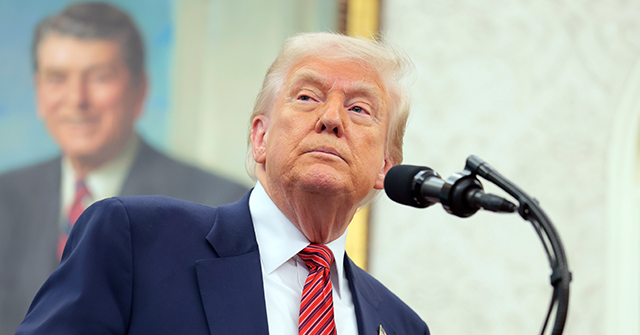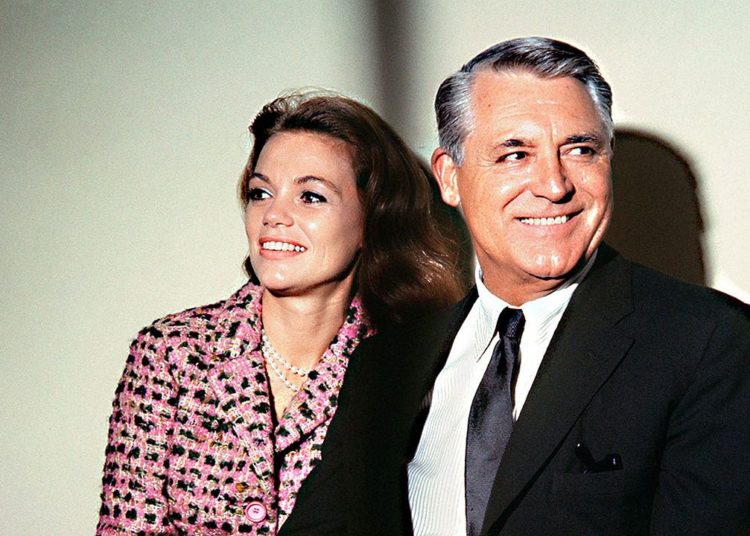The Weak Links in the Twin Deficit Chain
Jason Furman recently took to the pages of the New York Times to warn that President Trump’s tax cuts would widen the trade deficit. His argument is rooted in the textbook view known as the “twin deficits” hypothesis—the idea that fiscal deficits and trade deficits rise and fall together.
The logic seems straightforward: tax cuts increase the budget deficit, which pushes up interest rates, strengthening the dollar and making imports cheaper, thus widening the trade gap. Economists have long referred to this sequence as the Feldstein Chain, after Harvard economist Martin Feldstein, who formalized it in the 1980s, or the Twin Deficit Hypothesis.
“So cutting taxes, as Mr. Trump has told Congress to do, will drive up the budget deficit — and the trade deficit. All of this may seem counterintuitive, but it’s one of the few things that economists agree about,” Furman writes.
Not quite. While the story has intuitive appeal, the real world has not been especially kind to it. The links in the Feldstein Chain are fragile, and the empirical record shows they often fail to hold. And many economists have successfully challenged the idea that budget deficits lead to higher trade deficits.
This is the first of a two-part Breitbart Business Digest analysis of what’s wrong with Furman’s argument. We argue that tax cuts don’t necessarily push up interest rates, they don’t necessarily strengthen the dollar, and they certainly don’t guarantee a worsening of the trade balance. The relationship between budget and trade deficits is conditional, variable, and often weak. Sometimes it even runs in the opposite direction.
The Budget Deficit Doesn’t Cause the Trade Deficit
In their 2006 paper, “Twin Deficits, Twenty Years Later,” economists Leonardo Bartolini and Amartya Lahiri argued that even if the U.S. were to eliminate its entire federal deficit—approximately two percent of GDP at the time and six percent recently—the current account deficit would improve by only about 0.6 percent of GDP. Given that the current account deficit is now running over four percent of GDP, this suggests that the fiscal deficit is not the primary driver of the trade imbalance.
What’s more, the increase of the budget deficit as a share of GDP that occurred during the Biden administration did not fuel an increase in the trade deficit. In 2022, the U.S. trade deficit peaked at approximately 3.7 percent of GDP. By 2023, it had narrowed to about 2.8 percent of GDP, despite the federal budget deficit increasing from 5.3 percent to 6.3 percent of GDP during the same period. So, recent history is not on Furman’s side.
Crowding Out or Crowding In?
Let’s set aside the controversial point about whether tax cuts will actually result in higher budget deficits rather than stimulate enough growth to largely pay for themselves.
Instead, start where Furman does: the assumption that bigger deficits push up interest rates. That’s an article of faith in the macro textbooks, but it’s never been convincingly demonstrated in the data. The former Reagan economics advisor and chairman of the Cato Institute William Niskanen, writing in 1988, warned that this supposed connection was at best inconsistent and at worst nonexistent. Budget deficits do not mechanically crowd out private investment or drive up interest rates in an open global economy where capital flows freely.
“In summary, the characteristic explanation of the relation between the budget deficit and the trade deficit is plausible, but the evidence for each link in this chain of effects is surprisingly weak. One should not be surprised, therefore, that there does not appear to be significant direct relation between these two deficits,” Niskanen wrote.
And while economists often warn that government deficits will “crowd out” private investment by soaking up available capital and driving up interest rates, there’s good reason to think this gets things backward. Government deficits may drive down interest rates.
This is a surprising implication of the so-called Ricardian view—most prominently advanced by prominent Harvard macoeconomist Robert Barro—which holds that tax cuts financed by the issuance of new debt leads the public to preemptively save and invest in order to prepare for the future tax increases needed to pay for the increased debt. If that’s the case, then budget deficits could actually push interest rates down by driving up demand for Treasuries.
Historically, the modern era of large, persistent, and growing budget deficits coincided with a long-term trend toward lower interest rates. What’s more, when an economy has a deficit of income caused by too much leakage into imports—people spending less domestically than they earned, resulting in a decline in private sector income—a rising budget deficit can actually “crowd in” private investment by boosting spending on domestically produced goods and services, improving business confidence, and increasing expected returns.
When firms see rising sales and economic momentum, they’re more likely to invest—not less. In a global capital market awash in liquidity, government borrowing doesn’t displace private activity; it can stimulate it.
Tomorrow, in Part II, we’ll look at the flawed argument that tax cuts will cause a surge in imports and the evidence that the dollar’s strength does not turn on interest rates.
The post Breitbart Business Digest: Trump’s Tax Cuts Won’t Drive Up the Trade Deficit appeared first on Breitbart.




